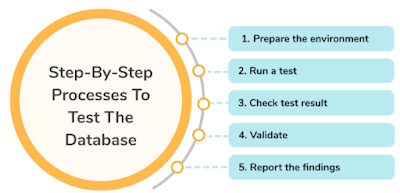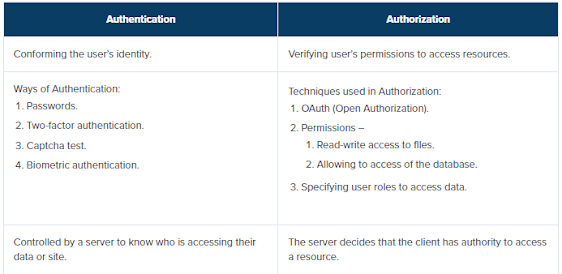- Verify email field is present on the page.
- Verify whether the label text is shown with the email field or not.
- Verify label text email align with the email field.
- Verify that the placeholder text in the email field is added or not.
Functional Test Cases:
- Verify email address field is accessible by clicking on the email field.
- Check users can type email in the email field.
- Verify user can paste the email address in the field by keyboard keys Ctrl + v.
- Verify that the user can paste the email address with the mouse by right-clicking in the email field and pasting the email address.
- Verify validation for the email field is implemented or not.
- Verify whether an error message should be shown in case if the user adds an invalid email address or not.
Positive Test Cases:
- Validate the email field by entering a valid email address. (abc@gmail.com)
- Verify the email must contain @ in the email address.
- Verify that an email field accepts an email containing a plus + sign in the Email address.
- Verify whether an email field validates an email address containing a domain or not. (abc@gmail.com)
- Make sure there should dot present in the email address or not.
- Verify an email address should be considered correct if an email contains a subdomain.
- Check that an email address has a maximum of 2 dots in the case of the subdomain.
- Verify an email address containing a special character consider valid.
- Verify an email address having numbers is valid.
- An email address with quotes ” ” should consider valid.
- An email address may contain a dash – or underscore _.
👋 Hi, I'm Suriya — QA Engineer with 4+ years of experience in manual, API & automation testing.
📬 Contact Me | LinkedIn | GitHub
📌 Follow for: Real-Time Test Cases, Bug Reports, Selenium Frameworks.





